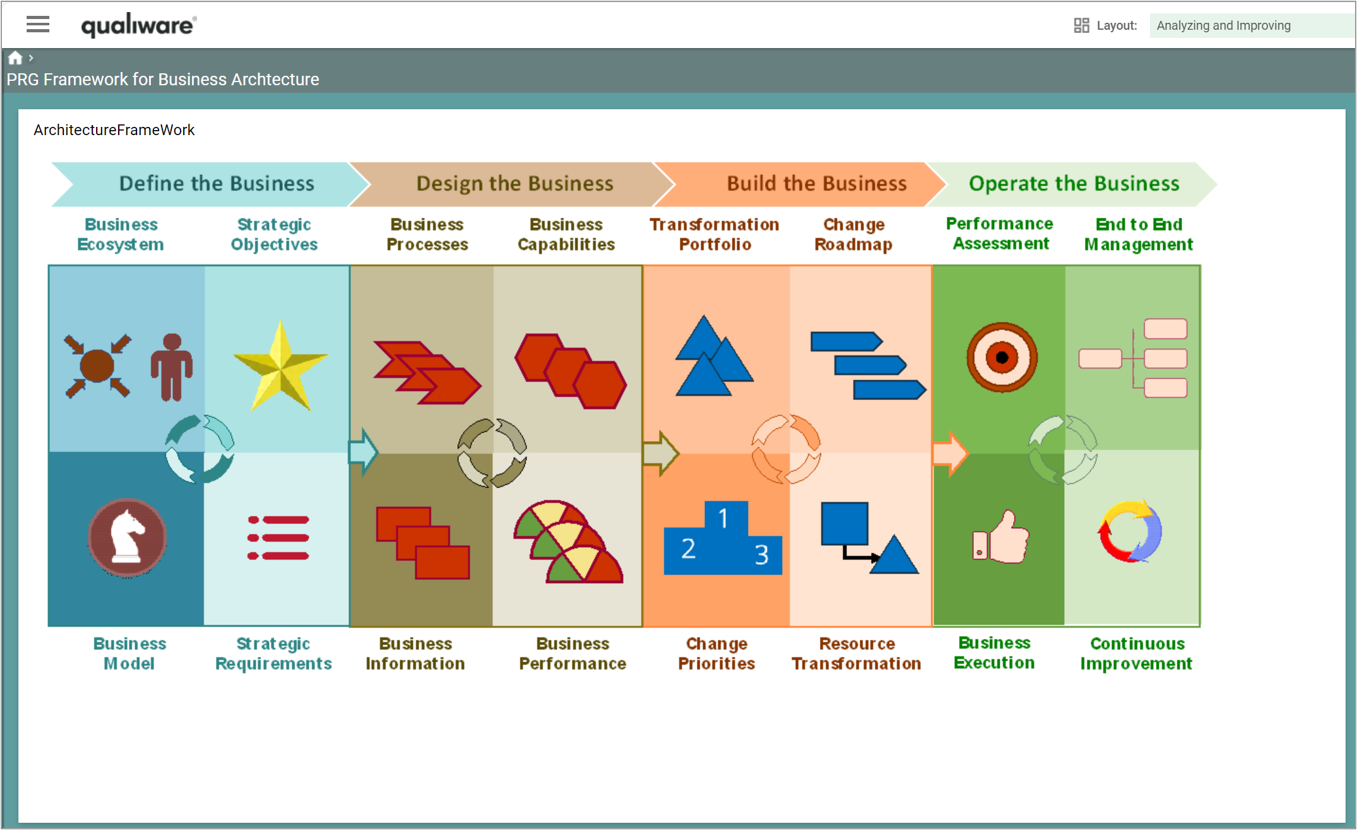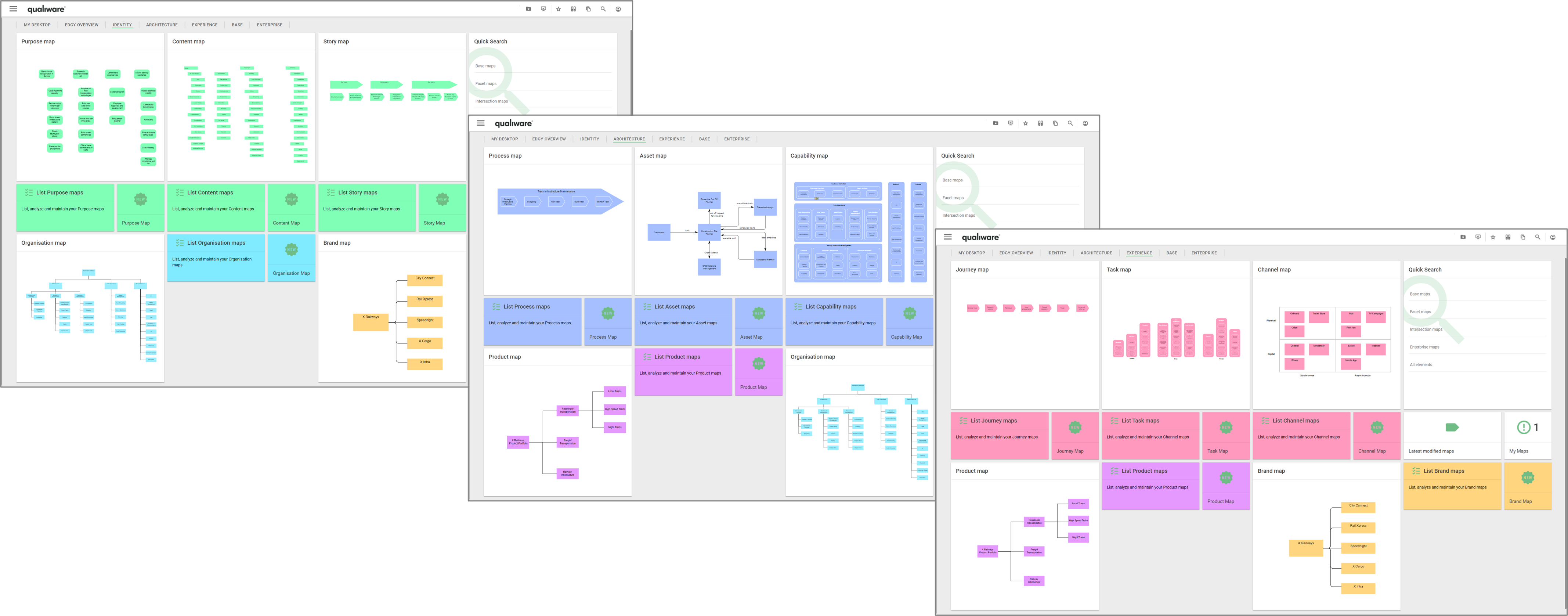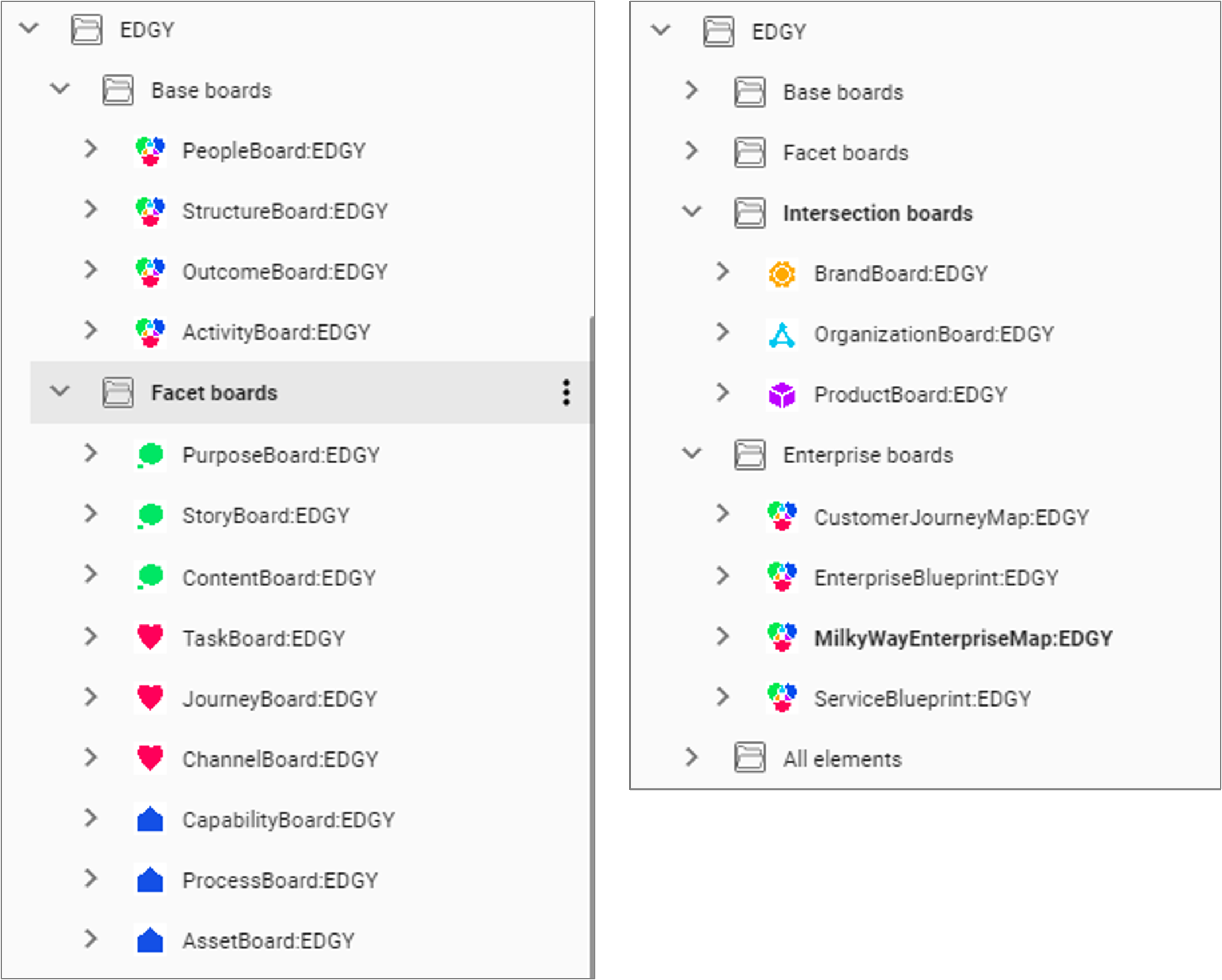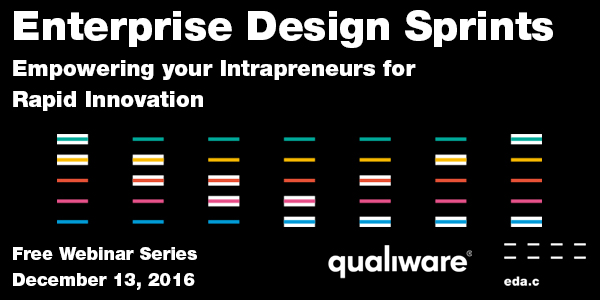Details
The new EU sustainability directive, CSRD, is on everyone’s lips right now for two reasons:
- First, over the next few years, it will impact the majority of businesses in the EU. And not just in the EU, but also all those companies around the world that collaborate with EU businesses. In other words, CSRD will also affect your business.
- The second reason is that CSRD is historically ambitious and demands more from sustainability reporting than ever before.
So, for all companies, it’s essential to get started.
And QualiWare can help you with that:
- At QualiWare, we understand that complying with the CSRD can be complex and even overwhelming.
- QualiWare can help you manage your journey towards CSRD compliance.
This is how QualiWare can help:
QualiWare makes CSRD compliance easier by describing and exploring the regulations and enabling you to link these with the relevant processes, policies, objectives ect. within your organization.
For instance, with QualiWare, you can specify who is responsible for the specific tasks or data required by the CSRD. This ensures you always have a clear overview of how you meet each CSRD requirement.
Additionally, QualiWare aids in identifying and managing potential risks associated with these processes and enables you to develop effective management strategies.
Designed for collaboration, QualiWare streamlines the process of keeping everything up to date and aligned with necessary actions.
Overall, QualiWare not only saves you time and money but also makes the compliance process much simpler and more efficient. With QualiWare, you can rest assured that your organization complies with the CSRD, contributing to a more sustainable future.
About the webinar:
The webinar is targeted at everyone working with compliance and/or sustainability management.
It will be somewhat technical, as we will show how our tool can help you.
So after the webinar, you will have a good sense of how QualiWare can help you manage the CSRD requirements– and you will know how to achieve compliance with QualiWare.
On the webinar we will show:
How you can use the regulation diagrams to explore, understand, and scope the regulations that are relevant for your organization
For each of the relevant parts of the regulations, you can associate one or more objects to document your compliance, e.g. processes, policies, objectives and plans.
For each of the complying objects, you can use the QualiWare governance workflow engine to distribute responsibility in the organization and monitor progress
You can use the comprehensive modeling capability in QualiWare to model the relevant parts needed to get a comprehensive overview of the different parts, such as your ecosystem, supply chain, value streams, product architecture, products, etc.
In addition, QualiWare also contains a whole set of models related to keep track of your strategy model, plans, goals, and roadmaps related to your sustainability efforts.
Speakers:
- Martin Tølle, Business Architect, QualiWare
Moderator:
- Kevin Bowles, Product Owner: Enterprise Architecture at QualiWare.
Additional information
Read more about QualiWare and CSRD here.










 The role of a change agent in an enterprise is no easy one. Even with the right entrepreneurial spirits in your teams, politics, silos, established cultural traits and operational challenges get in the way. This has led many enterprises to try a different way. Diving into intrapreneurship programs employing lean and agile approaches, organizations are attempting to catch up with the startup world.
The role of a change agent in an enterprise is no easy one. Even with the right entrepreneurial spirits in your teams, politics, silos, established cultural traits and operational challenges get in the way. This has led many enterprises to try a different way. Diving into intrapreneurship programs employing lean and agile approaches, organizations are attempting to catch up with the startup world.
